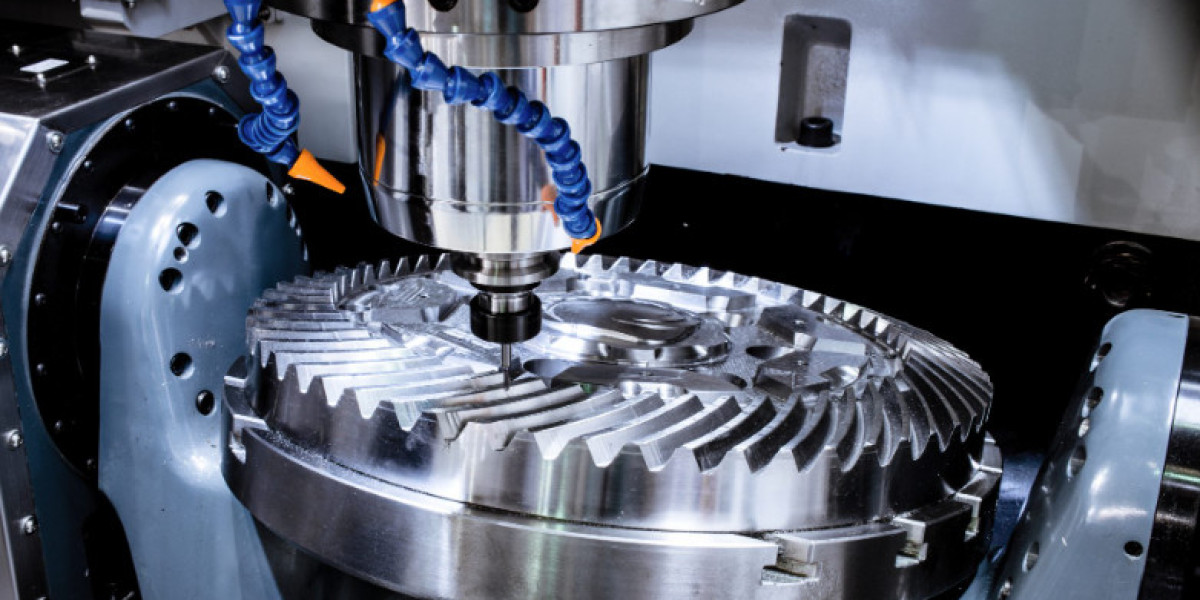Anodizing is an essential step in the finishing process for components made from metals other than aluminum. Anodizing is an electrochemical process that involves coating a metal part with an oxide surface layer. This process results in the part having a finish that is both more durable and more aesthetically pleasing. When a component is anodized, not only is it protected against corrosion and the wear and tear that comes with extended use, but it also keeps its cosmetic appearance intact no matter what. When anodizing is required, like when you need heat treatment, tempering, or electroplating, the manufacturer will typically send the component off to a third-party service provider who specializes in the process. Each variety of anodizing is best suited for a particular kind of material, and it satisfies a different set of manufacturing requirements. In spite of the fact that every kind has its own set of benefits and drawbacks, the general operation is the same for all of them. In this article, we will explain how the anodizing process as a whole works, as well as common manufacturing parameters, as well as some of the most important advantages and disadvantages for a variety of applications. How does anodizing work?
The process of anodizing can be broken down into its component parts by simply looking at the name of the process. Ions of both the positive and negative charge are introduced into the water by the presence of chemical compounds in this solution, such as sodium phosphate. After placing the component in the bath and securing it to a hanger to prevent it from moving around, you will connect the cathode, which is the negative end of the circuit, to a metal electrode in the solution. An explanation of what anodizing is and why it's such a great finishing process (and why cnc machining service's essential for custom aluminum parts) is provided below in detail. What are the aspects and characteristics of the anodizing process? e. g. in the case of medical implants)The anodizing process causes the parts to develop deeper pores and a thicker layer of aluminum oxide as they spend more time in the acidic solution. This results in an increase in the layer's thickness. Check out our Surface Finish Service page or head on over to our Help Center for additional information on how to select the appropriate cnc machining service process when working with Hubs.
If you are familiar with the process of electroplating, you may find that the process of anodizing is very similar in many ways
- Electroplating is a process that is very similar to cnc machining service in that it involves immersing the component in an electrolyte bath and then applying a charge to it
- The most significant distinction is that during electroplating, the component is given a negative charge, it into the cathode rather than the anode
- These ions apply a uniformly thin layer of coating to the component
- How does the process of anodizing actually work
- In application, this indicates that you should proceed in the following manner:Make preparations to the surface
- Purge the components
- Incorporate colorClose the poresMake preparations to the surface
- The surface of a component needs to be mechanically and chemically prepared in order for the anodizing process to be performed
- While brushing will give your part the appearance of being brushed, bead blasting will give it a natural matte finish
- After that, you need to remove any impurities from the component by rinsing it with deionized water and other solvents
- This includes machining residues such as oils and coolant
- After rinsing the components, place them in a chemical bath containing sodium hydroxide (NaOH) and nitric acid (HNO3)
This will help remove any surface rust from the metal. After that, place the component or components to be anodized into the anodization bath while keeping them connected to the electrical circuit. After you've finished, make sure to dry the component. This process eliminates any excess solution and prepares the component for its chromatic coating. A wide range of colors can be produced by adjusting various parameters. Immersing your component in a solution containing metallic salts will give it a finish that is either bronze or black. These react with the surface to fill the pores with a chemical compound that is either black or bronze in color. The method in question is known as electrolytic coloring. After putting your component through the dye bath, you should put it through the heated DI water to stop any further reactions. Additionally, open pores have the potential to accumulate dirt, contaminants, and stains. These three methods are the most common ones used to seal pores:Sealing with Hot DI:During this step, the component in question is submerged in a bath of deionized water that has been brought to an almost boiling temperature.
This procedure is straightforward and straightforward to standardize. On the other hand, it has a high energy cost and has the potential to cause dye bleed and color leaching on parts that have been dyed. This technique is superior for dyed parts and reduces the amount of sealing smut as well as surface mineral deposits. However, it is more challenging to control, and it is more difficult to repeat with the same level of accuracy. Sealing Done at a Cold Temperature or at Room TemperatureThe nickel-fluoride formulations used in cold sealing chemistries are typically designed to react with the porous aluminum oxide layer and deposit as a sealed layer of fluoro-aluminate on the surface. Additionally, it complies with some military standards as well as automotive standards. However, it can be slow, and it may be necessary to soak it in hot water in order to speed up the curing process; this makes it more difficult to control.

